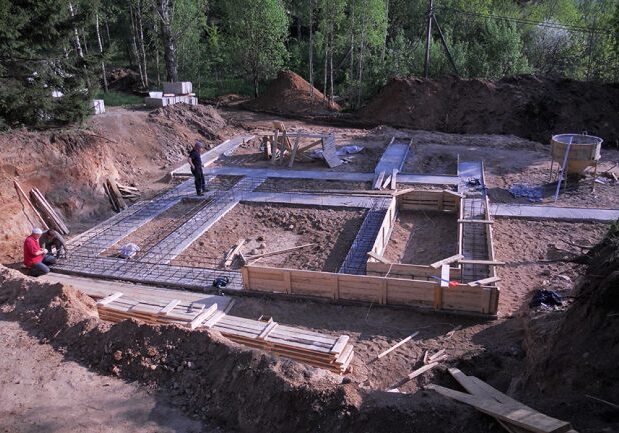
University Professor Emeritus Michael Patrick Collins appointed to the Order of Canada
Honours for outstanding achievement, dedication to the community and service to the nation also recognize bioengineering pioneer Professor Peter Zandstra

Meet new CivMin professor Ibrahim G. Ogunsanya
Ogunsanya joins U of T Engineering as an assistant professor of civil engineering, with a research focus on concrete materials
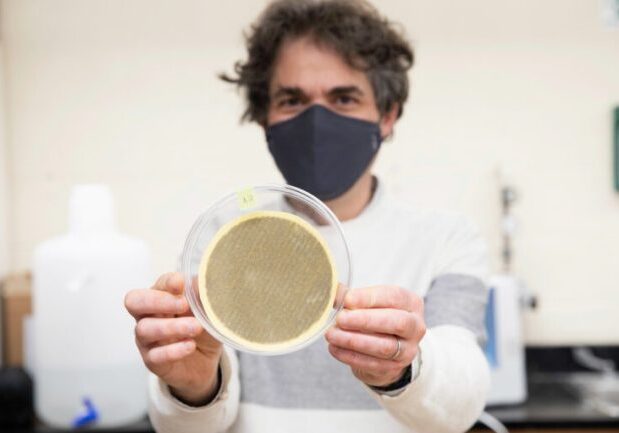
Indoor air quality expert shares tips to stay safe over the holidays
Professor Jeffrey Siegel (CivMin) discusses risk assessment, layers of protection and improving air quality

Three professors elected Fellows of the Engineering Institute of Canada
U of T Engineering faculty recognized for their contributions to advancing clean energy, computing hardware and safer infrastructure
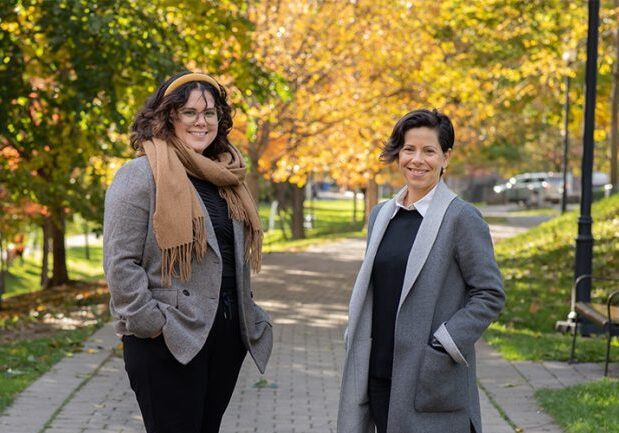
Researchers investigate health effects of fracking in B.C.’s Northeast
Professors Marianne Hatzopoulou (CivMin) and Elyse Caron-Beaudoin are will study the impacts of fracking on air quality and health for B.C. communities
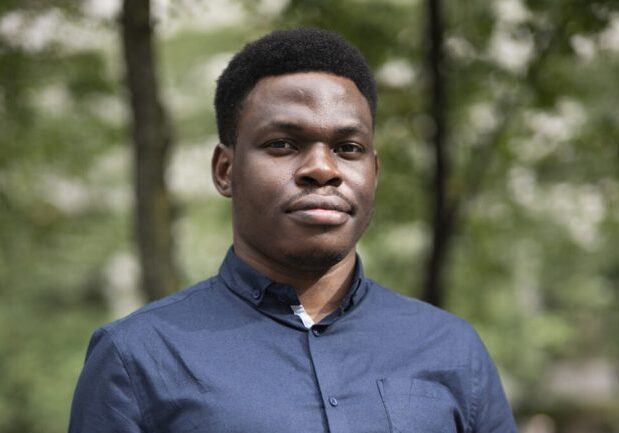
CivMin alumnus is finalist for £1-million Earthshot Prize
First-ever Earthshot Prize winners to be announced Sunday, October 17
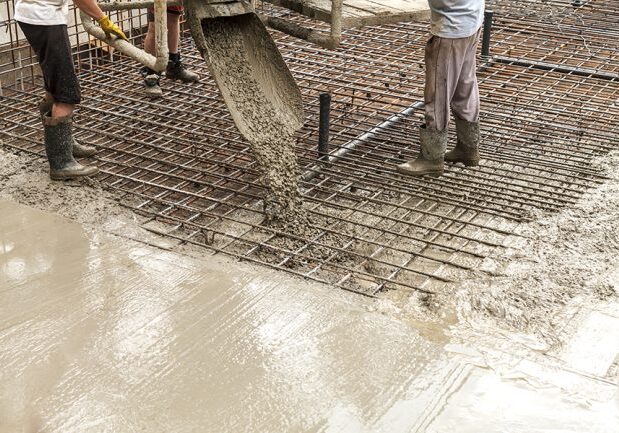
U of T Engineering professor on a mission to lower concrete’s carbon footprint
Simple additives can reduce the CO2 emissions associated with concrete by nearly half, without compromising cost or performance

